There are places whose name is bigger than themselves. Or, put another way, there are names that have come to represent much more than a village, a town or a valley; names with broader resonances and much deeper implications. One of those names is Sargadelos.
You have probably heard of the characteristic white and blue Galician pottery that bears that name. You may have seen some of the stores and galleries that the company has in different cities.
Perhaps, even, a historical character sounds to you, the Marquis of Sargadelos. What you may not know is that Sargadelos is a village. And it is not just any village.
Sargadelos is a place of almost mythical resonances, a small town with a history bigger than itself. Sargadelos is a place on the map, specifically on the coast of Lugo, but it is also a place in memory; it is a point where history, landscape, symbols, past and future intersect. Not bad for a parish that barely reaches 120 inhabitants.
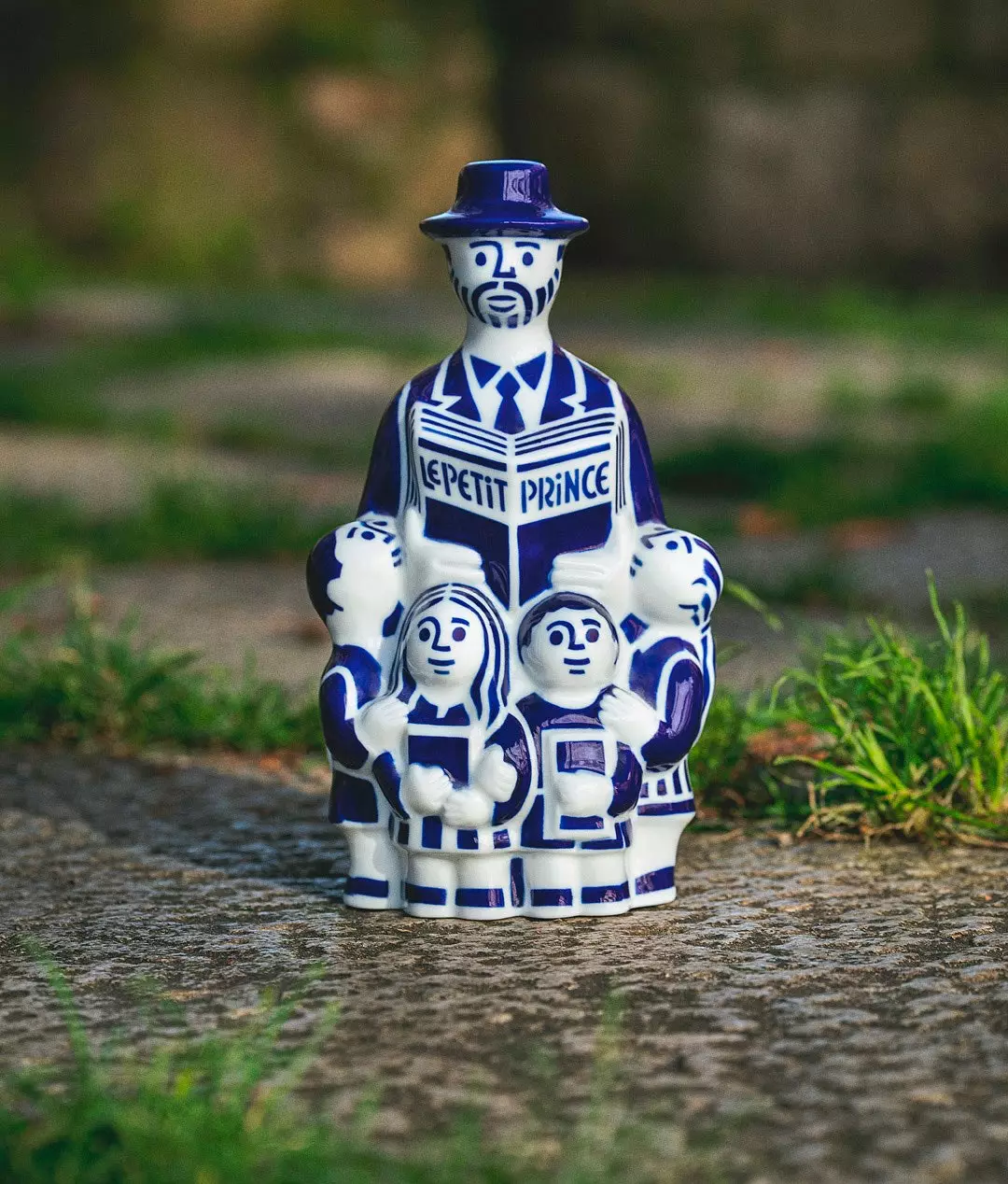
Ceramic figure from Sargadelos.
THE CERAMICS OF SARGADELOS
The factory in the town is much more than a ceramic company. It is a cultural project that extends its history over three centuries, a story that is intertwined with the French invasion of 1808, with the Galician exile in Argentina and that continues to this day.
The origin is in Antonio Raimundo Ibáñez, an enlightened entrepreneur who was in contact with other parts of Europe thanks to the shipping businesses with which he traded with England or Scandinavia, which He decided to set up a factory to manufacture English-style pottery in a valley where he already had a foundry.
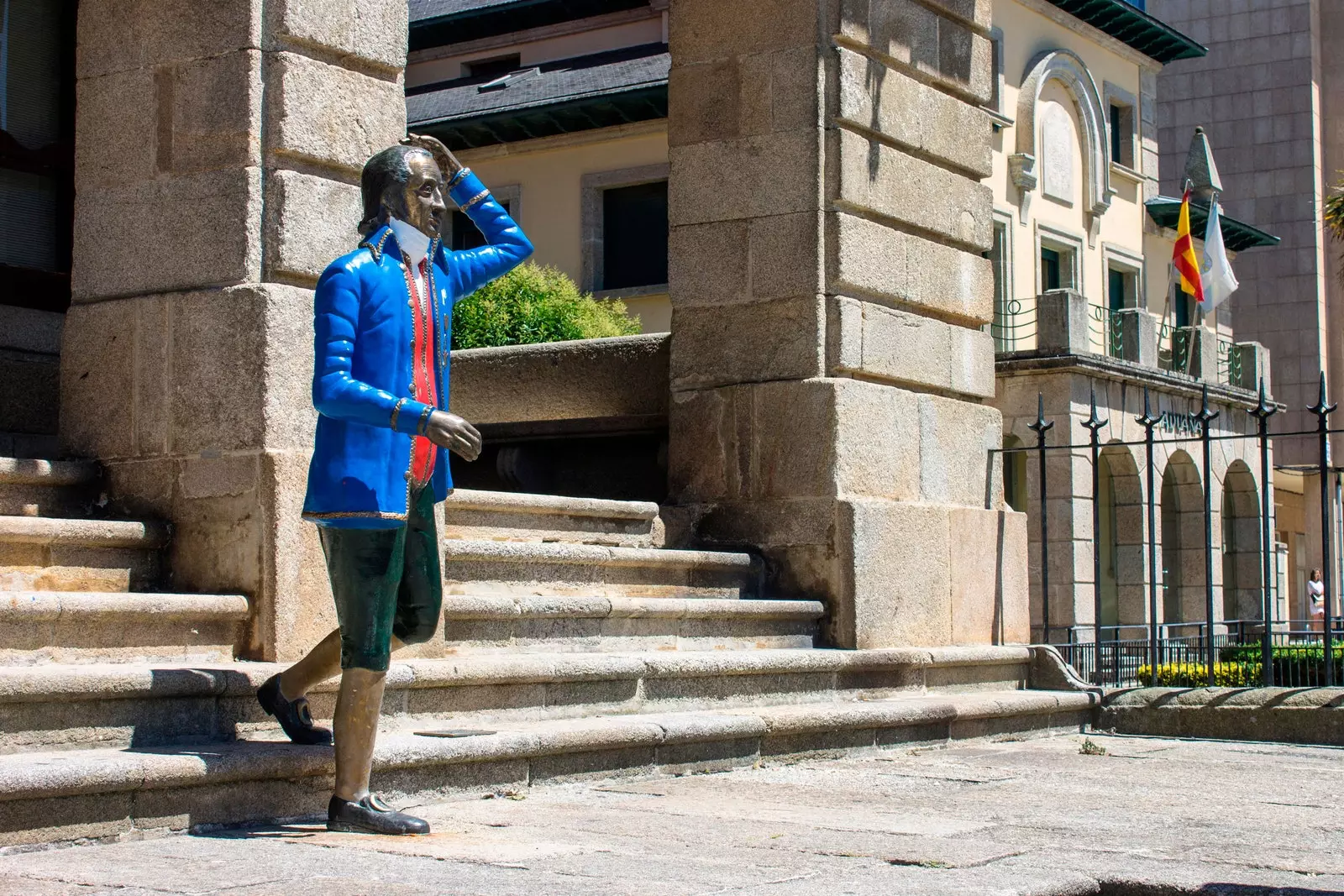
Statue of Antonio Raimundo Ibanez, Marques de Sargadelos, in the Ribadeo Town Hall.
That valley was that of Sargadelos. And although Ibáñez, known as the Marquis of Sargadelos, died in a lynching for unclear reasons shortly after, stabbed to death in the fields near his home and then walked, shirtless, through the villages in the area, with his family imprisoned, his wife who died a few days later and a daughter who ended up losing her mind, in true drama style romantic romance, left there running the germ of what would be one of the great cultural projects of the north.
Throughout the following century there were four stages in the history of the factory –the pieces of each one of them are today pursued by collectors by antique dealers from half the world–, until in 1968, Isaac Díaz Pardo and Luis Seoane, two of the essential figures of the culture of the 20th century in Galicia, decided to build a factory in the same place where the Marquis's had been and give shape to contemporary artistic ceramics. Thus was born the Sargadelos that we know today.
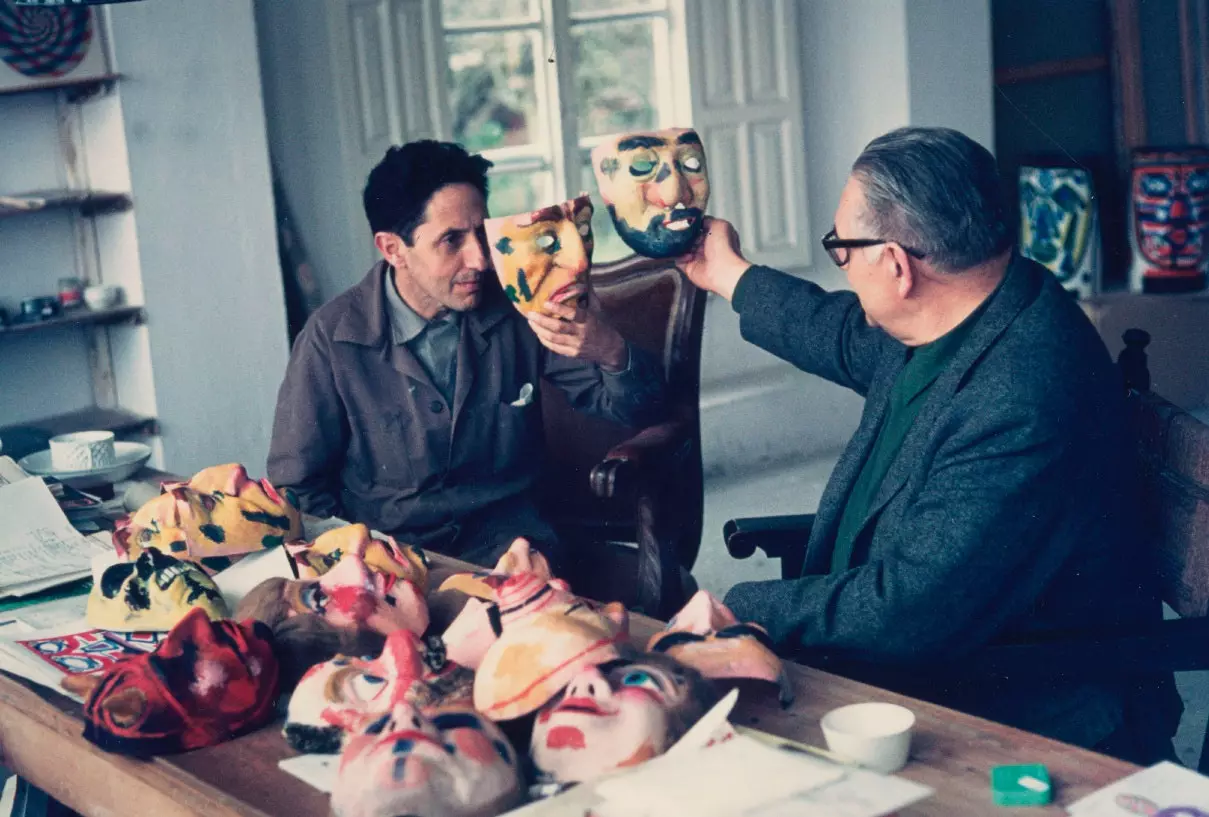
Isaac Diaz Pardo and Luis Seoane
And, around it, a whole galaxy of projects: a publishing house, the Forms Laboratory of Galicia, Ceramica do Castro, the Galician Information Institute, at the Carlos Maside Museum of Contemporary Art, scholarships, courses, artistic residences that brought hundreds of potters from all over the world to the valley… all paid for from the profits left by the factory.
After a convulsive period after the death of Díaz Pardo, finally in recent years the company seems to have regained some of the meaning it originally had. And, in any case, it is again today one of the main reasons to visit the village.
There, in the striking building designed in 1970 by the architect Fernández Albalat, is a historical museum, one of the largest stores of the brand and, above all, visitors are given the opportunity to visit the factory, walking among potters, seeing firsthand how the pieces are painted one by one and how the colors change with the temperature of the oven .
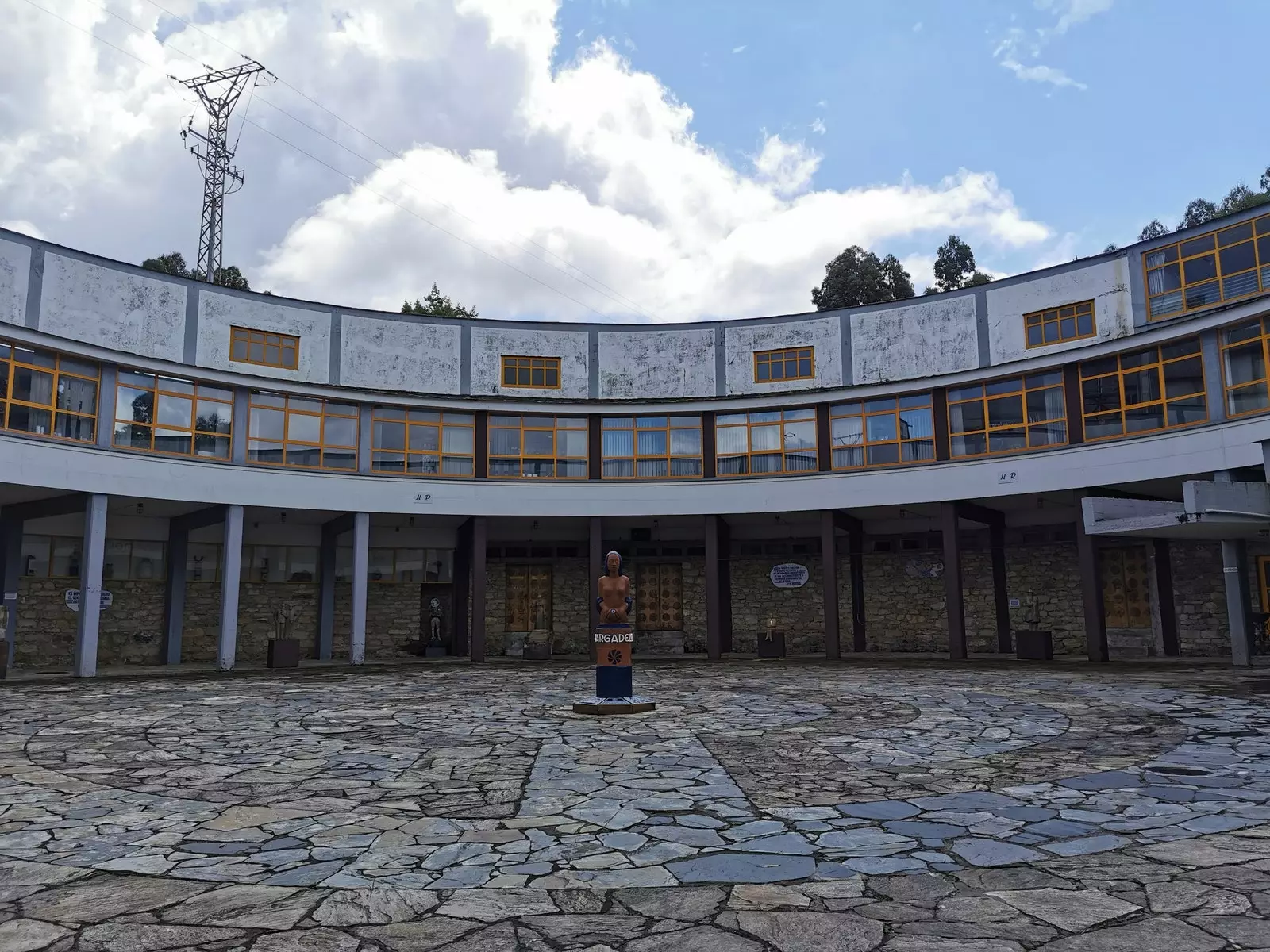
The factory patio, the work of Andrés Fernández Albalat.
THE WALK OF LOVERS
A little further down, leaving the factory behind, you come to the ruins of the old foundry. Behind her, a narrow path leads into the forest at the edge of a canal. It is the Paseo dos Namorados, which goes into the valley between centuries-old chestnut trees, approaching the river.
The ferns are getting bigger and the moss covers the trunk of the trees in the most closed area, between holly, oak and centenary laurels. Right there, after a bend, appears, suddenly, the old dam, built in 1790 to bring water to the foundry and which today creates a spectacular stepped waterfall.
At the entrance of the forest, where we left the car, some of the old buildings of the primitive factory are today occupied by workshops of local craftsmen. There is a cultural cafe in front of the ruins of the old foundry.
And up there, barely 200 meters away, the spectacular Pazo del Marqués de Sargadelos and the Historical Museum. There aren't many villages of this size with two museums.
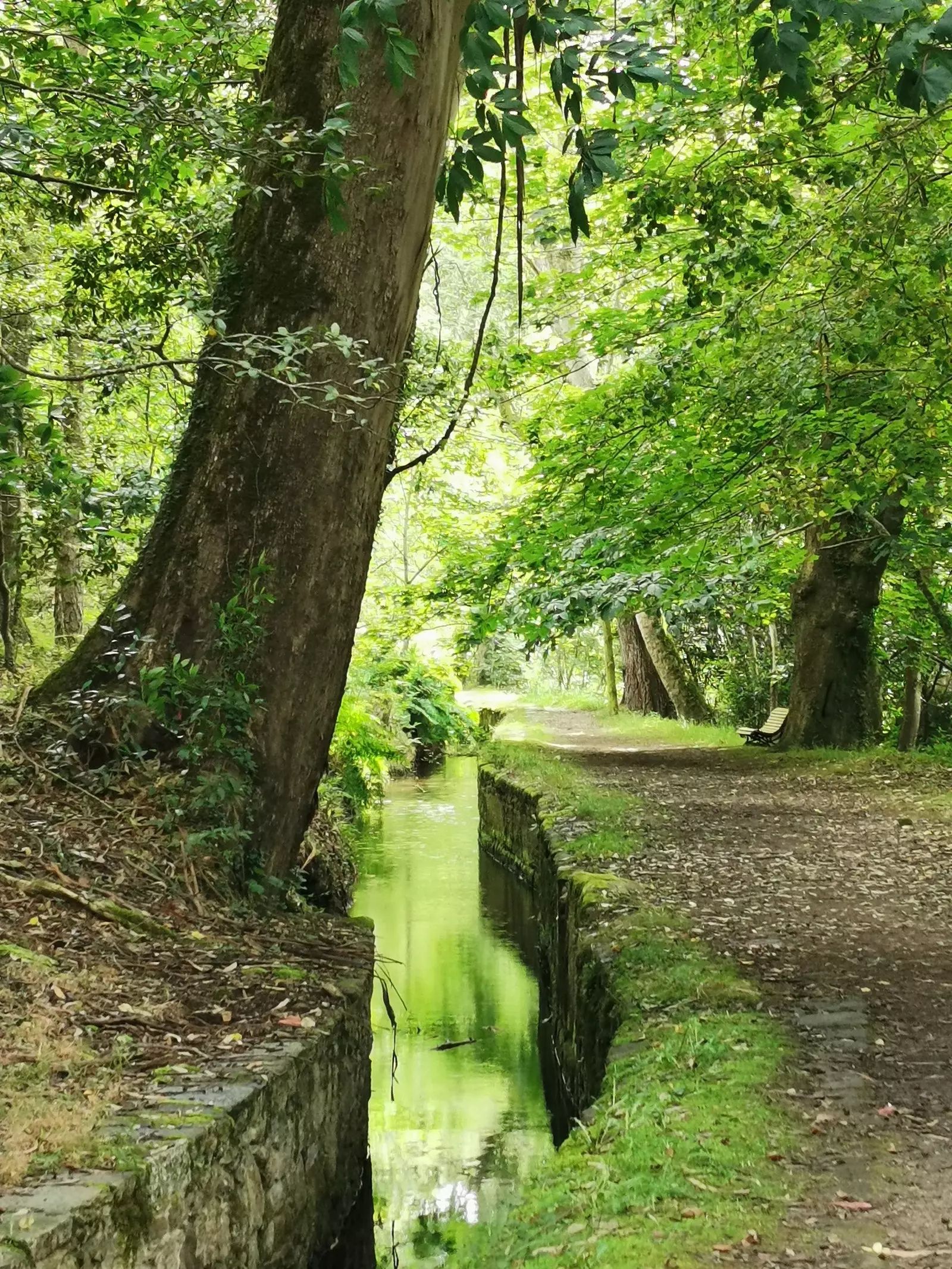
Paseo dos Namorados, Cervo (Lugo).
GASTRONOMIC SARGADELOS
Finding an appetizing place to eat is not difficult in this area. Burela, one of the boniteros capitals of the north, is one step away. And to the other side, a little more than 4 kilometers away, San Cibrao with its terraces.
But without leaving the town there are enough options. Until not long ago, the place that everyone mentioned to you when you asked was O Almacén, a small rural hotel with homemade cuisine, a pleasant terrace overlooking the river and famous for its traditional specialties such as sardines in albariño marinade, caldeirada in the style of A Mariña or flan.
Since recently there is another option. Without leaving the ceramics factory, accessing through the arcade of its circular patio, you get to the Taberna de Sargadelos, a simple canteen, with no pretensions other than serving traditional, honest and uncomplicated Galician cuisine.
The furniture, of course, is designed in-house and everything, even the beer, is served in the popular blue-and-white crockery. The empanada of the day is good, the tripe, which arrive at the table in a generous tureen, are the kind that make your lips stick.
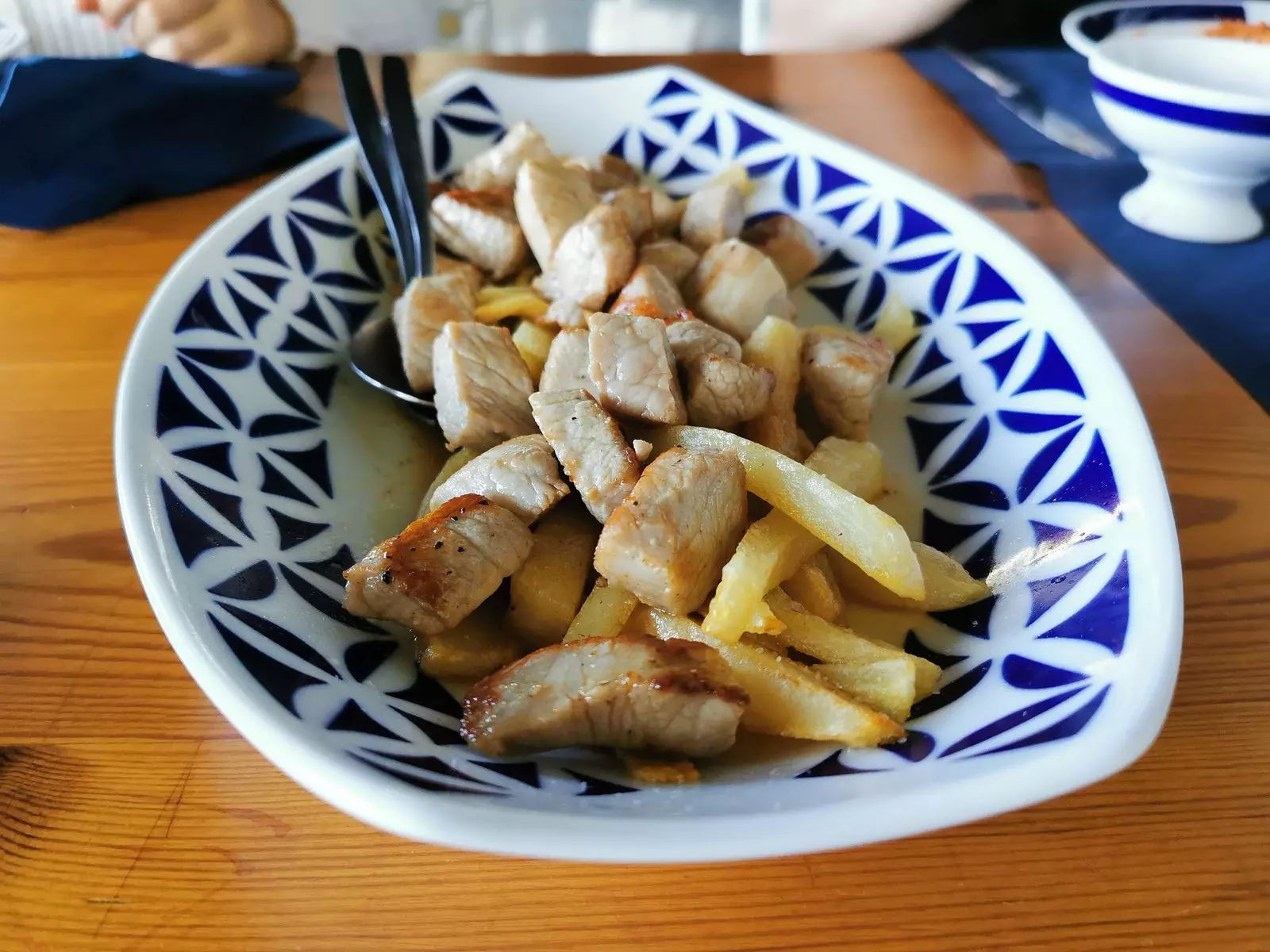
Raxo in Sargadelos Tavern.
The zorza is not missing (the pork tenderloin marinated with paprika, panned and served, here, with freshly fried potatoes), the raxo (the same meat, but with a marinade without paprika), octopus, pig's ear, mussels. And for dessert, required with honey or cheese with walnuts and quince.
The service is friendly, the place comfortable and drink wine in a cunca –a china cup from whose bottom it emerges– and do so at the foot of the enormous ceramic mural by Luís Seoane take any meal to another level. You are in the heart of the Sargadelos universe.
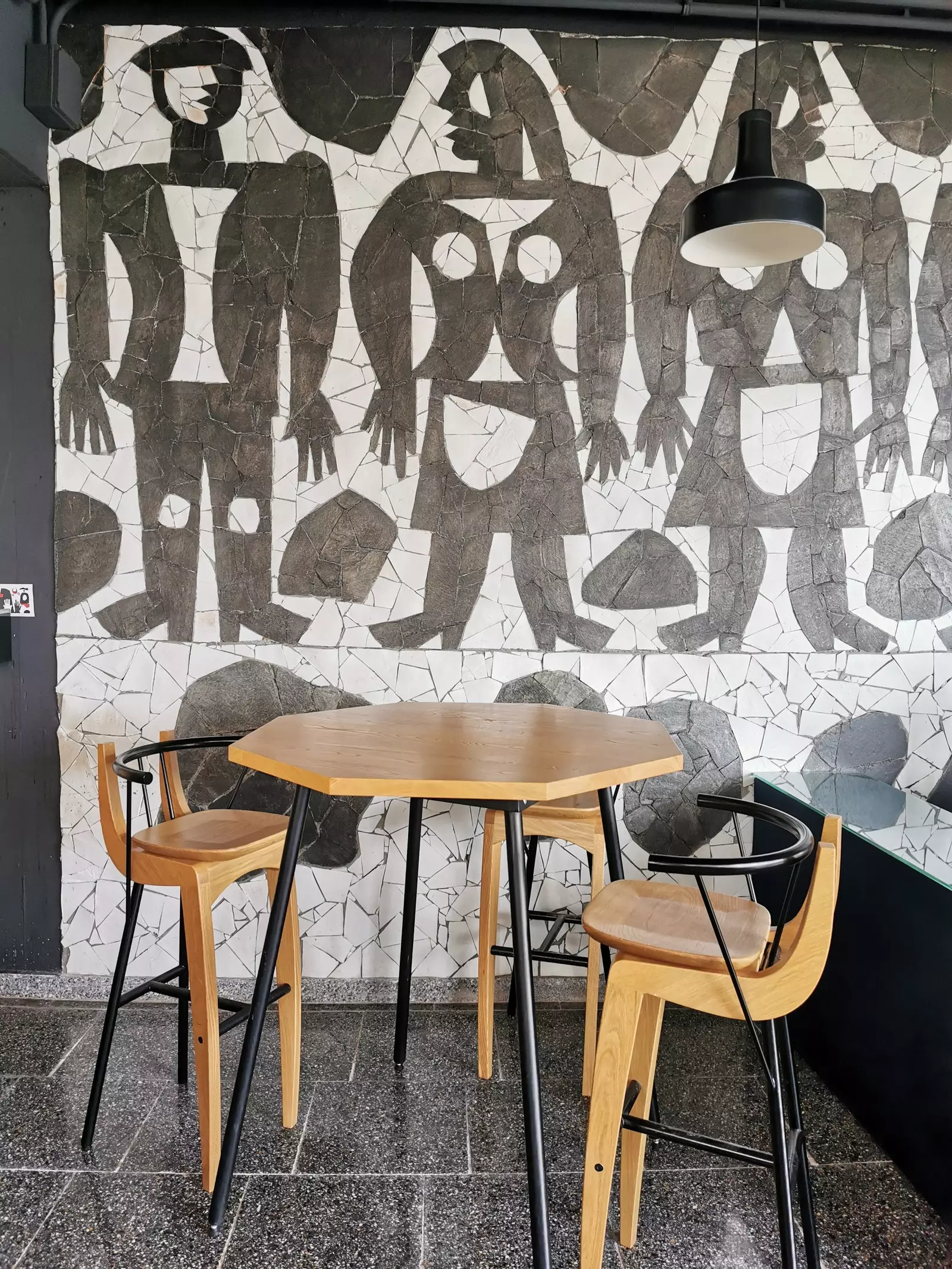
The mural by Luís Seoane in the Sargadelos Tavern.
It is not little for a village in one of the smallest municipalities of Galicia. And we would still have to make a path along the river, approach the cliffs (they are just a 10-minute walk) or to the secluded beach of A Rueta.
We could still stay in the neighbor Mute House and ask for one of those rooms with a living room that overlooks the garden of this restored farmhouse.
And all without moving from the valley, from this microcosm that has made its name much more than a name and resonate in a special way.
SUBSCRIBE HERE to our newsletter and receive all the news from Condé Nast Traveler #YoSoyTraveler
